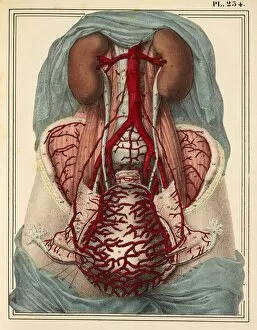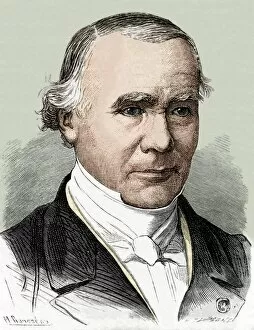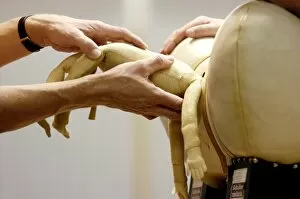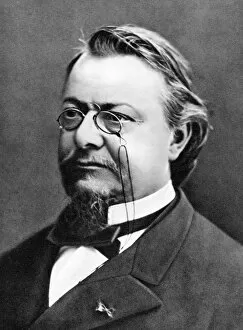Obstetrics Collection (#7)
Obstetrics, the fascinating field of medicine that revolves around childbirth and women's reproductive health
For sale as Licensed Images
Choose your image, Select your licence and Download the media
Obstetrics, the fascinating field of medicine that revolves around childbirth and women's reproductive health, has a rich history filled with groundbreaking discoveries and remarkable advancements. From the momentous occasion of newborn babies entering this world at maternity hospitals to the pioneering work of Simpson researching anaesthetics in the 1840s, it has played a vital role in ensuring safe and comfortable deliveries. One cannot help but marvel at the intricate beauty captured in images like the human fetus inside an amniotic sac or the uterine cells during childbirth. These glimpses into the miracle of life remind us of how precious each pregnancy is. The joyous anticipation that follows a positive pregnancy test fills hearts with hope and excitement for what lies ahead. Through meticulous observations and detailed models like twins in wax or William Hunter's anatomical drawings from his "Anatomy of Human Gravid Uterus, " we gain invaluable insights into the complex workings within a pregnant woman's body. Ms Hunter's delicate vellum artwork depicting caring for both mother and newborn serves as a testament to humanity's commitment to nurturing new life. Instruments such as Joseph-Claude-Anthelme Recamier's vaginal speculum made from wood and metal highlight how medical tools have evolved over time to ensure accurate diagnoses and effective treatments. These innovations have undoubtedly contributed to improving maternal care throughout history. As we explore female anatomy through ancient texts like "Commentaria cum amplissimis additionibus super anatomiam" or delve into William Hunter’s comprehensive plates showcasing various stages of pregnancy, we deepen our understanding of women's bodies while celebrating their incredible strength. Obstetrics continues to evolve today, driven by dedicated healthcare professionals who strive to provide expectant mothers with optimal care during one of life’s most transformative experiences, and is through their unwavering commitment that countless lives are touched, making obstetrics an awe-inspiring realm where science meets compassion.



















